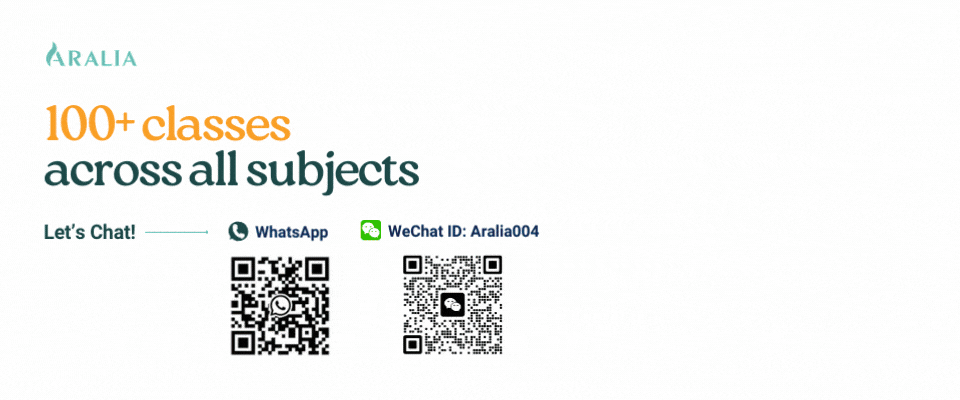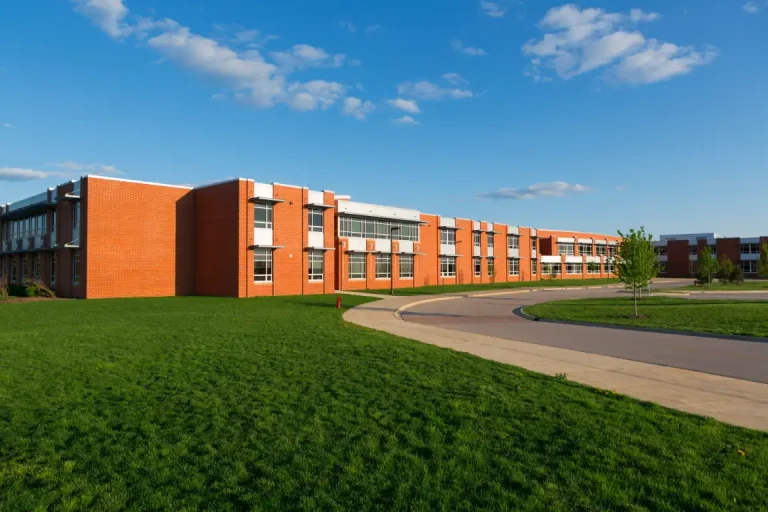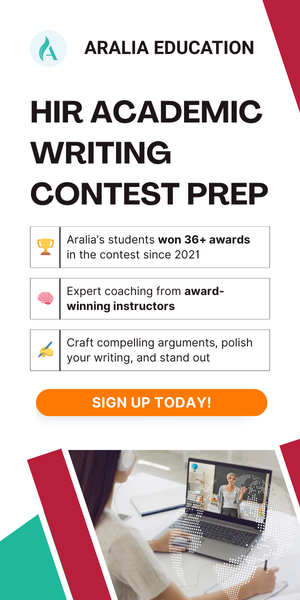Want to improve your GPA in middle school and high school?
Compared to the traditional Chinese education system, Thai international schools generally provide a more relaxed learning environment, emphasize English instruction, and follow Western curricula, such as the American or British systems.
According to data from the International Schools Database, Thailand currently has around 174 international schools, most of which are located in Bangkok.
This article analyzes the key differences between Thai international schools and the Chinese education system in five aspects: curriculum, the language of instruction, tuition fees, teaching standards, and learning environment.
1. Curriculum
Thailand International Schools:
Thailand international schools typically offer English-taught curricula, covering a wide range of subjects and interests. Their programs are diverse, encompassing traditional core subjects like mathematics, science, and language arts, as well as arts, sports, and community engagement courses.
These schools often adopt the American high school curriculum (including AP courses), the British A-Level curriculum, or the International Baccalaureate (IB) program. These curricula emphasize both academic skills and interdisciplinary thinking, encouraging students to explore and learn beyond traditional boundaries.
Thailand international schools provide flexible learning opportunities, allowing students to choose courses based on their interests and academic goals. This approach promotes well-rounded education and skill development.
Chinese International Schools:
Chinese schools predominantly use Mandarin Chinese as the medium of instruction. Although English is taught as a second language, most students achieve only limited proficiency.
In recent years, reforms in English education have been introduced in key schools in urban areas, but overall, English is not the primary language in daily academic learning.
2. Language of Instruction
In Thailand international schools, English is typically the primary language of instruction, with most teaching materials and activities centered around English.
Students benefit from comprehensive English language development, which is especially advantageous for those planning to study abroad. This strong foundation prepares students for life in international academic settings.
English proficiency gained in these schools not only facilitates admission to top universities worldwide but also provides a competitive edge in the global job market.
Chinese Schools:
Chinese schools predominantly use Mandarin Chinese as the medium of instruction. Although English is taught as a second language, most students achieve limited proficiency.
In recent years, reforms in English education have been introduced in key schools in urban areas, but overall, English is not the primary language in daily academic learning.
3. Tuition Fees
Thailand International Schools:
Compared to international schools in China, tuition fees at Thailandland international schools are generally lower. According to the 2022 International Schools Database, Thailandlandland offers some of the most affordable international education in Asia.
Tuition fees for Thailand international schools range from approximately $5,000 to $25,000 per year, varying based on the school’s reputation, curriculum, and grade level.
Chinese Schools:
In China, public schools are tuition-free for the nine years of compulsory education, requiring only miscellaneous fees.
However, international schools in China are among the most expensive in Asia. According to the 2022 International Schools Database, Beijing, Shanghai, Shenzhen, and Guangzhou rank among the top four cities in Asia for high international school fees.
For instance, annual tuition fees for international schools in Beijing average $36,000, while those in Shanghai, Shenzhen, and Guangzhou are approximately $34,000, $27,000, and $26,000, respectively.
Online classes for middle and high school are led by top teachers
4. Teaching Standards
Thailand International Schools:
Thailand international schools are widely regarded as providing high-quality education, featuring globally recognized curricula, state-of-the-art facilities, and culturally diverse student bodies.
These schools cater to expatriate families and affluent Thai citizens, preparing students for admission to prestigious universities in countries such as the United States, the United Kingdom, and Australia.
Many Thailand international schools are accredited by organizations such as the Council of International Schools (CIS) or the New England Association of Schools and Colleges (NEASC), ensuring their educational standards.
Chinese Schools:
The Chinese education system is known for its strong emphasis on academic achievement, particularly in core subjects like Chinese, mathematics, foreign languages, and science.
With a structured curriculum, Chinese students often excel in academic examinations. The foundational education system fosters strong subject knowledge and test-taking skills, which are essential for academic advancement and success.
However, the approach often leads to intense academic pressure for students, which can hinder creativity and mental well-being.
5. Learning Environment
Thailand International Schools:
Thailand international schools prioritize creating a relaxed and flexible learning environment. Students are encouraged to participate in various extracurricular activities and community service programs, such as arts, sports, and volunteer work.
With an emphasis on holistic education, classrooms are typically more engaging and focused on fostering student initiative and creativity. Students face less academic pressure, allowing more time for developing personal interests. This is one of the key reasons parents choose Thailand international schools.
Chinese Schools:
In contrast, the learning environment in Chinese schools is often described as highly competitive, with students facing immense academic pressure.
At the middle and high school levels, much of the students’ time is devoted to preparing for entrance exams, such as the Zhongkao (high school entrance exam) and Gaokao (university entrance exam). This competitive atmosphere often results in high-stress levels, with many students experiencing anxiety and psychological challenges.
While the Chinese education system excels in cultivating academic skills, its high-pressure environment can sometimes hinder students’ overall development and mental health.
In summary, Thailand international schools and the traditional Chinese education system differ significantly in terms of curriculum, language of instruction, tuition fees, and learning environments.
Thailand international schools stand out with their diverse curricula, English-centered instruction, affordable tuition, and relaxed learning environment, making them an attractive choice for many families.
On the other hand, Chinese education emphasizes academic rigor and structured learning, which may be better suited for students with clear academic goals and a willingness to embrace competition. Parents and students should make their choices based on their specific needs and aspirations.










